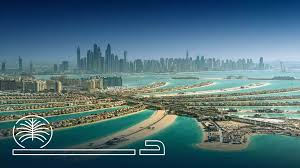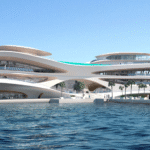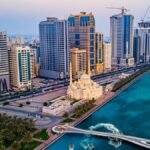Now Reading: UAE’s Green Hydrogen Projects Set to Change Global Energy Future!
-
01
UAE’s Green Hydrogen Projects Set to Change Global Energy Future!
UAE’s Green Hydrogen Projects Set to Change Global Energy Future!
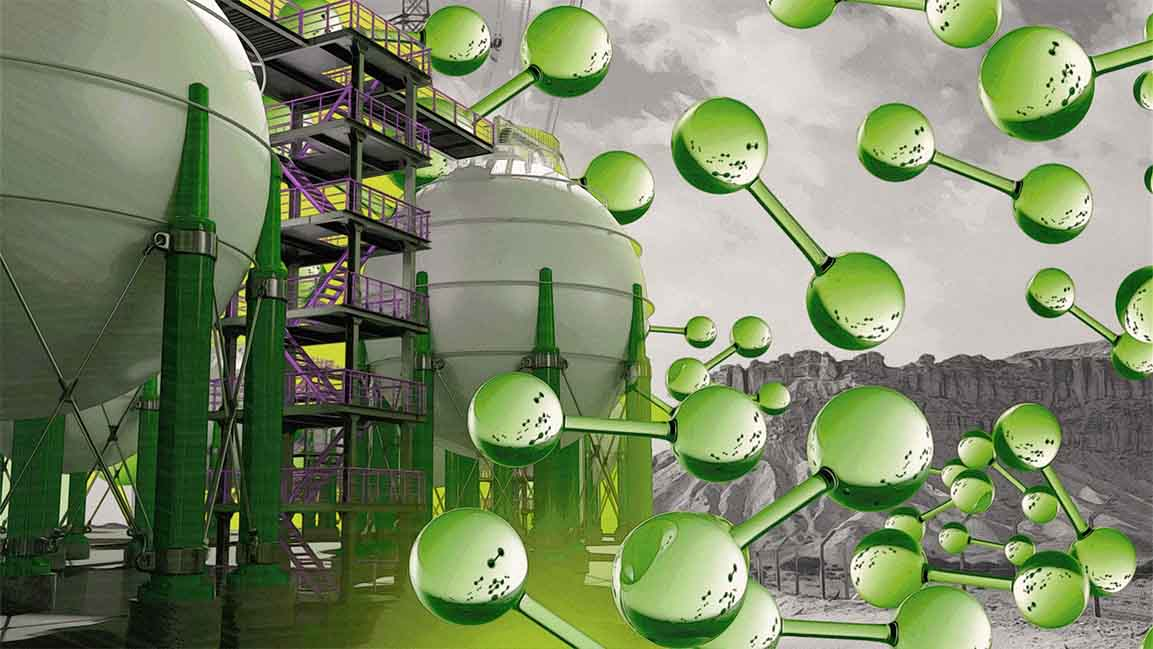
Table of Contents
In recent years, the United Arab Emirates (UAE) has taken giant steps toward building a sustainable and environmentally friendly economy. One of its most promising moves is the development of green hydrogen projects, aimed at producing clean, zero-emission fuel to power industries, transport, and homes, not only in the UAE but around the world.
The country’s leadership sees green hydrogen as a key solution for reducing carbon emissions and reaching its net-zero goals by 2050. By tapping into its abundant solar energy resources, the UAE plans to become a global hub for the production and export of green hydrogen.
What Is Green Hydrogen?
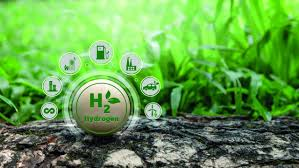
Hydrogen is the most abundant element in the universe, but it rarely exists freely. Instead, it must be separated from other elements like oxygen. When this separation is done using renewable energy sources such as solar or wind power, the result is called green hydrogen.
Unlike hydrogen made from fossil fuels (grey or blue hydrogen), green hydrogen emits no carbon dioxide during its production or use. This makes it a critical technology in the global fight against climate change.
Why Green Hydrogen Matters for the UAE
The UAE has been known for its oil and gas wealth, but the country is now looking beyond hydrocarbons to secure its economic future. Green hydrogen offers many advantages:
- Energy Export Potential: Just as the UAE once exported oil and gas to the world, it can now export green hydrogen to countries seeking clean energy.
- Domestic Use: Green hydrogen can power factories, desalination plants, and transport within the UAE, reducing the country’s reliance on fossil fuels.
- Climate Goals: Producing green hydrogen is essential for the UAE to meet its ambitious target of net-zero carbon emissions by 2050.
- New Jobs and Investments: Building this new industry will create thousands of jobs and attract billions in investment, boosting the UAE’s economy.
Major Green Hydrogen Projects in the UAE
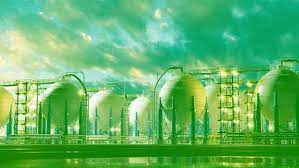
1. Masdar’s Green Hydrogen Pilot Plant
Abu Dhabi’s renewable energy company, Masdar, has launched the country’s first green hydrogen pilot plant at the Masdar City Clean Energy Hub. This plant uses solar power to split water into hydrogen and oxygen. The produced hydrogen is used for fuel cell electric vehicles and other clean energy applications.
This pilot project is an essential first step toward building large-scale green hydrogen production facilities in the future.
2. TAQA and ADNOC Collaboration
Two major UAE energy giants, TAQA (Abu Dhabi National Energy Company) and ADNOC (Abu Dhabi National Oil Company), have joined forces to explore green hydrogen opportunities. Together, they aim to make the UAE a leading exporter of hydrogen and its derivatives like ammonia.
Their plan includes developing industrial-scale projects that will produce hydrogen for local industries and export markets in Europe and Asia.
3. Dubai Green Hydrogen Project at Mohammed bin Rashid Al Maktoum Solar Park
In Dubai, the world’s largest single-site solar park — the Mohammed bin Rashid Al Maktoum Solar Park — has started producing green hydrogen as part of a joint project involving DEWA (Dubai Electricity and Water Authority), Siemens Energy, and Expo 2020 Dubai.
This project is the first of its kind in the Middle East and North Africa (MENA) region. It shows how the UAE plans to integrate green hydrogen into its broader clean energy strategy, supporting electricity, water desalination, and transportation sectors.
Challenges Facing Green Hydrogen Development
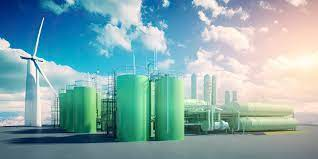
Despite the excitement, some challenges remain:
- High Production Costs: Green hydrogen is currently more expensive to produce than fossil fuel-based hydrogen. However, experts believe costs will fall as technology improves and production scales up.
- Storage and Transport: Hydrogen must be stored and transported under high pressure or as a liquid, which can be costly and technically difficult.
- Global Market Demand: While demand for green hydrogen is growing, the global market is still in its early stages. Future international agreements and partnerships will play a big role.
UAE’s Green Hydrogen Vision: What’s Next?
The UAE has set clear goals:
- Become a Major Hydrogen Exporter: The country aims to supply green hydrogen to Europe, Asia, and beyond by 2030.
- Domestic Hydrogen Use: Plans are underway to use green hydrogen in industries such as steel-making, cement production, and heavy transport.
- Hydrogen Economy Roadmap: The government has launched the UAE Hydrogen Leadership Roadmap, designed to make the country a key player in the global hydrogen economy. The plan includes partnerships with Germany, Japan, and other hydrogen-importing nations.
- Green Ammonia Production: Green hydrogen can be turned into green ammonia, which is easier to transport and can be used as fertilizer or marine fuel. The UAE plans to develop this industry as well.
Global Impact of UAE’s Green Hydrogen Push
The UAE’s green hydrogen projects will not only reduce the country’s carbon footprint but also help other nations meet their climate targets by supplying clean energy. Europe and Asia, in particular, are expected to import large quantities of hydrogen in the coming decades.
With its early start, natural advantages (like sun and space), and deep energy expertise, the UAE could become a leader in the global hydrogen economy — just as it once led in oil and gas.
Conclusion
The UAE’s commitment to green hydrogen projects signals a major shift in the country’s energy strategy. By investing heavily in this clean fuel, the nation is preparing for a future where carbon-free energy will be in high demand.
While challenges remain, the UAE’s vision, strong leadership, and rich renewable resources position it perfectly to shape the next era of global energy — one driven by hydrogen, not hydrocarbons.
Read More:- Shobha Realty Launches Its Most Luxurious Project Yet—Full Details Inside 2025



